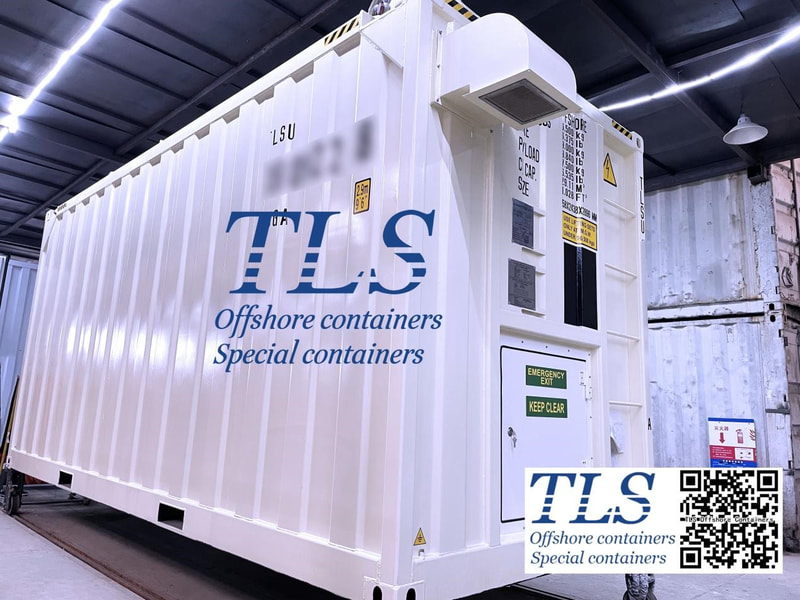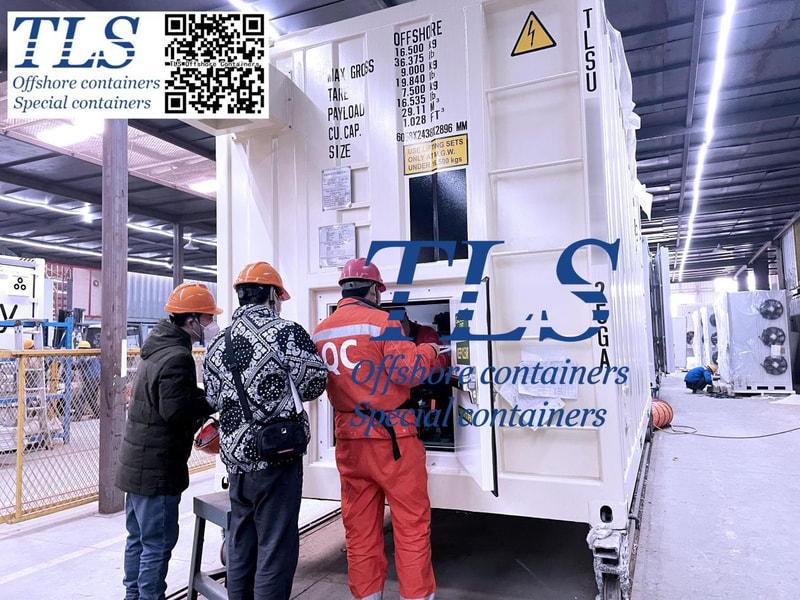|
In the realm of scientific research and experimentation, Laboratory environments play a pivotal role in driving innovation and discovery across various fields. Within these controlled spaces, researchers employ cutting-edge technologies and techniques to conduct experiments, analyze data, and advance our understanding of the natural world. One such innovation that has gained significant traction in recent years is the Negative Pressure Laboratory container. This article delves into the concept of negative pressure Lab containers, their benefits, and the diverse applications they facilitate. Understanding Negative Pressure Lab Containers Negative Pressure Lab containers, also known as negative pressure isolation containers, represent a novel approach to creating controlled and secure Laboratory environments. Unlike traditional Laboratories, which maintain positive air pressure to prevent contaminants from entering the space, Negative Pressure Laboratory containers operate on the principle of negative pressure. This means that the air pressure within the container is lower than that of the surrounding environment. This setup ensures that any potential airborne contaminants, such as hazardous fumes, pathogens, or particles, are drawn into the container rather than escaping into the outside environment. Benefits of Negative Pressure Lab Containers
Applications of Negative Pressure Lab Containers
In conclusion, negative pressure Lab containers represent a remarkable advancement in Laboratory safety and experimentation. Their ability to confine hazardous materials and prevent contamination opens new avenues for research across various scientific domains. From biocontainment research to chemical analysis and beyond, these containers offer a versatile and secure solution that enhances both scientific progress and the well-being of researchers. As technology continues to evolve, negative pressure Lab containers are poised to play an increasingly crucial role in shaping the future of scientific exploration. TLS Offshore Containers offers professional design and manufacturing services for customized Lab containers to suit specific locations and requirements. We welcome any inquiries and are ready to assist you in creating your ideal Laboratory environment. Please contact us for any inquiries or to discuss your unique needs. Please download Laboratory container brochure for reference. #Negative pressure LAB container #Negative pressure isolation container #Laboratory containment solutions #Secure laboratory environment #Hazardous material containment #Controlled laboratory setup #Biocontainment research #Contaminant isolation technology #Lab safety innovation #Negative pressure applications Written by OliverComments are closed.
|
Archives
July 2024
Categories
All
|
- Home
-
Containerised solutions
- Intelligent pressurised container | MUD logging cabin
- Battery energy storage system (BESS) container
- Flexible grid tied battery storage system
- Laboratory container | workshop container | Equipment containers
- Temporary refuge shelter | Toxic gas refuge | Safe haven
- Offshore accommodation cabin | office container
- Reefer container | Refrigerated container
- Intelligent waste water treatment container
- Fresh water generator container
- Cargo Containers
- Product photos & videos
- News & Blogs
- Contact us
|
Featured products
Intelligent pressurised container Temporary refuge (TR) shelter, toxic gas refuge (TGR) Battery energy storage system (BESS) container Containerised waste water treatment plant Fresh water generator container Reefer container Laboratory container, Workshop container Accommodation container Offshore closed container |
All Rights Reserved 2020 © TLS Offshore Containers / TLS Energy
|


